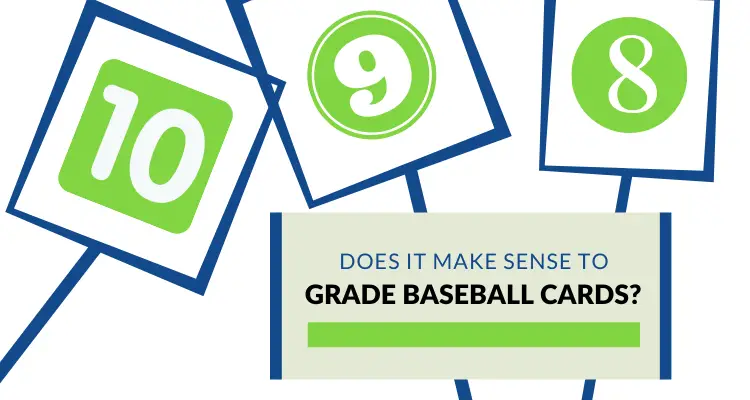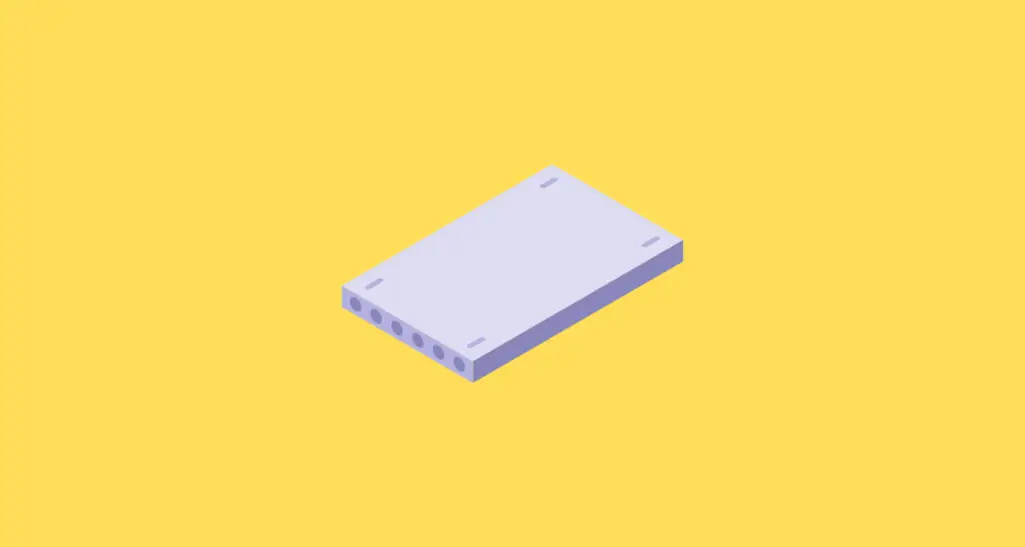 Ryan Barone (@ballcardgenius, Card Expert) is a lifelong member of the hobby. He has been quoted in PSA Magazine, and his content has regularly been mentioned in “Quick Rips” (the Topps RIPPED Newsletter) and across other hobby publications. hello@ballcardgenius.com; Last Time Ago LLC dba Ballcard Genius.
Ryan Barone (@ballcardgenius, Card Expert) is a lifelong member of the hobby. He has been quoted in PSA Magazine, and his content has regularly been mentioned in “Quick Rips” (the Topps RIPPED Newsletter) and across other hobby publications. hello@ballcardgenius.com; Last Time Ago LLC dba Ballcard Genius.
Affiliate Disclosure: This post contains affiliate links. As I am a part of the eBay Partner Network and other programs, if you follow these links and make a purchase, I’ll receive commission. As an Amazon Associate, I earn from qualifying purchases.
With card grading and the availability of any piece of information at our fingertips to research and study, we now have as good of an idea as ever on what makes up the condition of a card – corners, centering, surface, and edges of the card – and what the different levels of “condition” exist.
To summarize, from best to worst condition:
- Gem Mint
- Mint
- Near Mint-Mint
- Near Mint
- Excellent-Mint
- Excellent
- Very Good
- Good
- Fair
- Poor
These different conditions play a huge role in determining a card’s value, and as such, the slightest conditional flaw with a card can easily bump it down one or even a few pegs.
Before going further, this is not a post that will define each of these card grades—I’ve already put together a number of examples that will walk you through what a gem mint card is, different PSA examples, and more.
Instead, this is a true card condition guide, as in the details and ins and outs of the different factors that contribute to a card’s condition:
- Corners
- Centering
- Surface
- Edges
Beyond these four main factors, though, what is a bad corner? What is an off-center card? What kind of surface issues are we talking about? Grasping the answers to all of these questions (and others) will help you really start to differentiate between cards that look good, and those that will grade a PSA 10.
Read More: The Difficulty of Obtaining a PSA 10 Grade
I’ll explain each of these instances, and will provide cards from my own inventory as examples of why I wouldn’t get them graded.
Bad Corners
When you think about a card’s four corners, you want them as sharp as possible. When they aren’t, and determined to be “bad corners,” here is what that might mean.
Dull Corners
If a corner isn’t sharp, then it could be dull; or, more rounded than pointy. You typically see this more with vintage cards that, haven’t been damaged from major impact but just over time and being handled over and over again, has caused the card to lose its sharpness. Think about it like rocks colliding with each other in a stream, with each minor bump causing a rock to lose its jagged edges.
Sometimes it will be minor, but again, remember a gem mint card isn’t just OK, but is sharp, and in this case, literally. This card below, while looks decent, I wouldn’t grade because you can tell the corners aren’t as sharp as they should be.

Dinged Corners
Sometimes the corner is sharp, but not pointed. That is, if you drop a card on its corner, the impact will push the corner up toward the middle of the card, or perhaps more toward the front or the back. When this happens, that corner might still be “sharp,” technically, but it isn’t in the correct position.
White Corners
Combining the two instances above, sometimes a corner could be “white” which is a result of paper loss or perhaps part of the front layer of the card detaching from the base. This is mostly obvious on cards with dark backgrounds or borders.
Bad Centering
Centering refers to how evenly proportioned a card’s photo and design fit within its rectangular boundaries. If you’re a hobby newcomer, you might not have ever given centering any special consideration, or, you just assumed because cards were cut by machines, they’d all be perfect.
However, most cards do not have perfect centering, meaning the photo and design are either shifted too far left/right or too far up/down.
As an example, here is a 2020 Bowman Mojo Bobby Witt. From the front of the card, it’s tough to tell just how centered it is or isn’t as the design makes it tough to get a good look. Either way, you can tell that it’s not perfect, and has more space on the right of the card than the left.

To confirm, you can flip the card over and look at the centering on the back of the card. Thanks to the plain white design on the back of the card, we can more easily see that the left side of the card (which would be the right side on the front) is thicker than the right side.
So, if it were me and I was wanting to grade this card, I wouldn’t be expecting a 10 based on the centering (and understanding PSA’s centering standards). Now, in some cases the centering can be off and the card can still receive a 10, but just as an example of the factors to look for.

Left-to-Right Centering
So since a rectangle card has four sides, one way it could be badly-centered is if it is pushed too far to the left or the right.
Top-to-Bottom Centering
Likewise, just as easily a card can be off-center from the left to the right, it can be disproportionate from the top to the bottom as well.
Back Centering
One thing people often forget is that a card’s condition is not only driven by the front of the card, but also the back. In fact, looking at the back of the card might be the best way to determine how centered it actually is. This is because card fronts are often busy and sometimes lack true borders, which makes it tough to judge.
Bad Surfaces
Another conditioning factor is the surface of the card. Are there scratches or dimples on the card that made their way to a card from mishandling or improper storage? Perhaps there are printed defects or lines that came straight from the manufacturer? Any visible imperfection to the surface of the card will decrease its overall condition.
Dimples
A dimple on a card is a small indentation that is not only visible, but if you run your finger over it, you can feel where the card is actually impacted. Dimples are sometimes tough to spot when you’re looking at a card head on, and so it’s always a good idea to shift the card under light to see what’s revealed.
Here is an example of a 2022 Bowman Chrome National Convention Gold Elly De La Cruz /50. A great looking card all-around, especially from this angle:
Looks good, right? But if you move that card under light, you can see that there is actually a dimple to the right of the top of his bat, as shown here:

Spots/Blemishes
Other times, even if not a dimple that had physically impacted the card, the presence of a spot or blemish on the surface of the card will diminish its overall condition.
Print Lines
On refractor and Prizm cards in particular, print lines from one side of the card to the other, typically horizontally across the card and not vertically.
Bad Edges
Edges are very much like corners in terms of the types of damages they can sustain over a period of time. As mentioned, cards with dark borders will more easily show edge wear and damage.
Chipped Edges
One type of such damage is referred to as chipping, where the color of the front or the back of the card “chips” off and leaves a white mark.
Rough Edges
A different type of “bad edge” is more the result of the printing/cutting process than it is a handling issue. This is called the rough edge, where you can physically see the edge of the card being rough and frayed instead of smooth.





